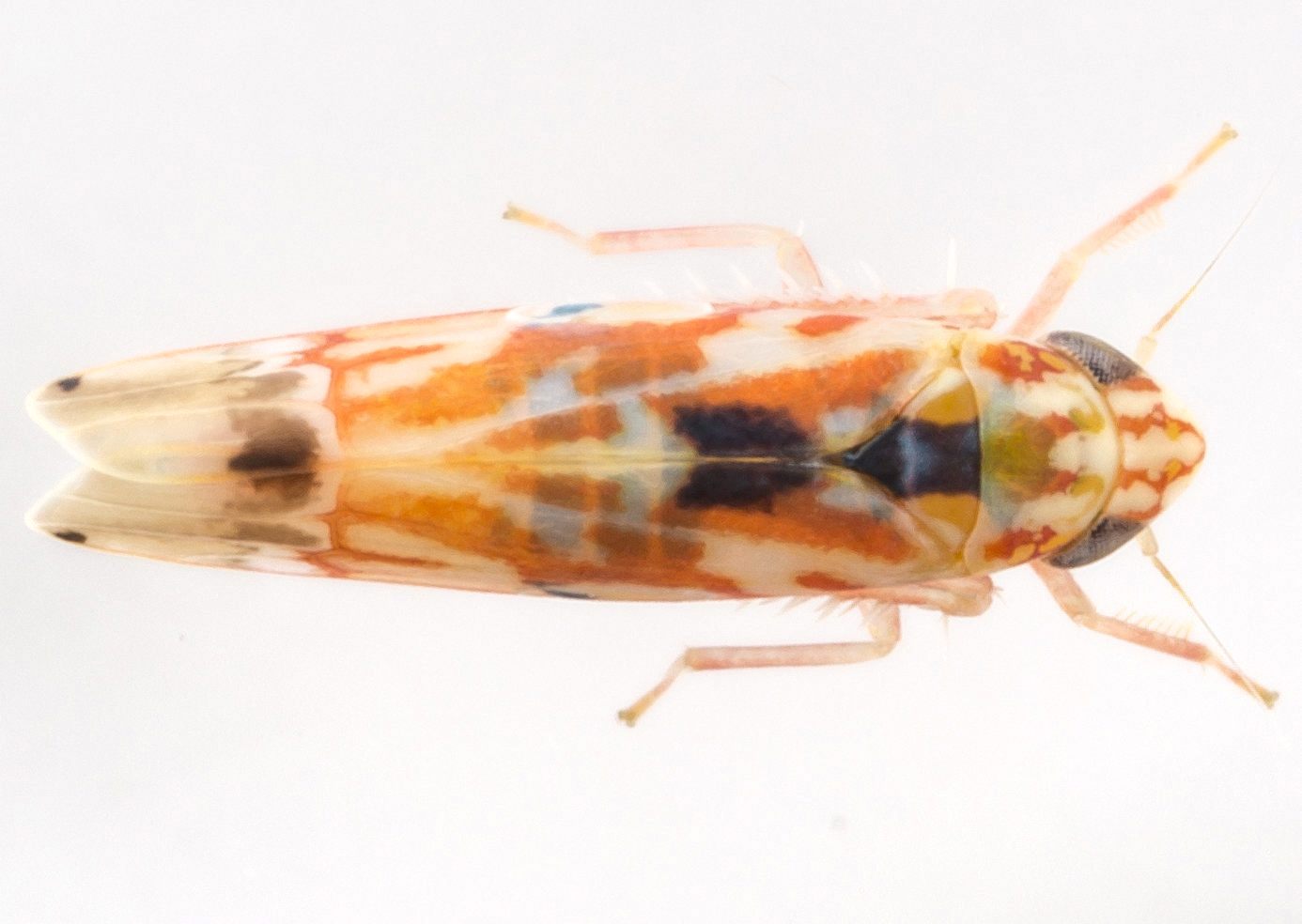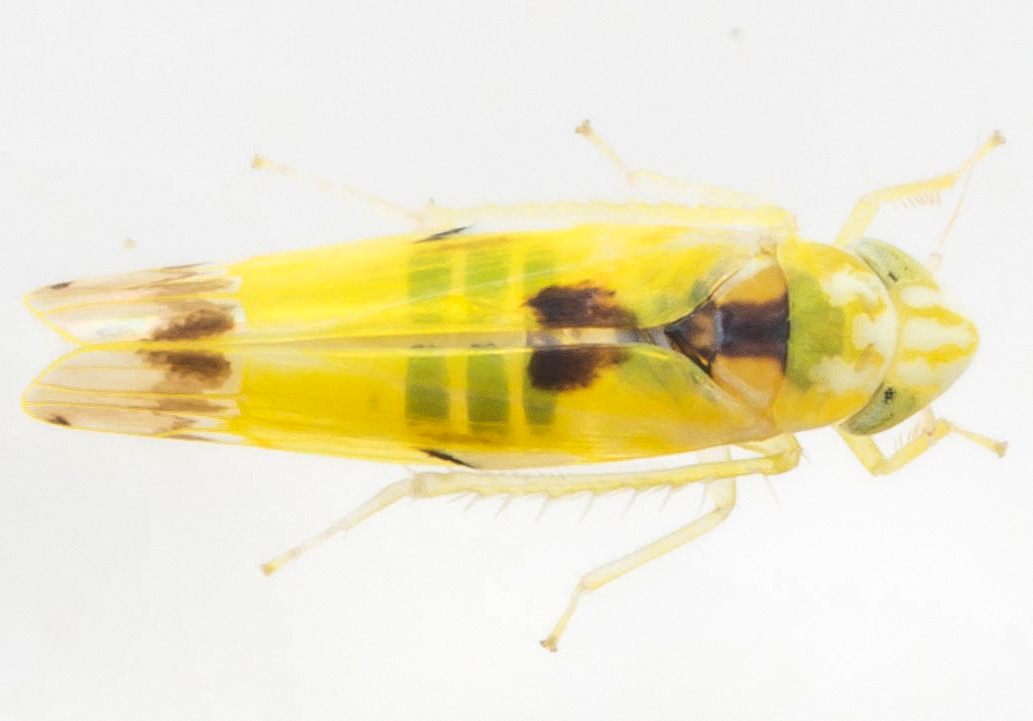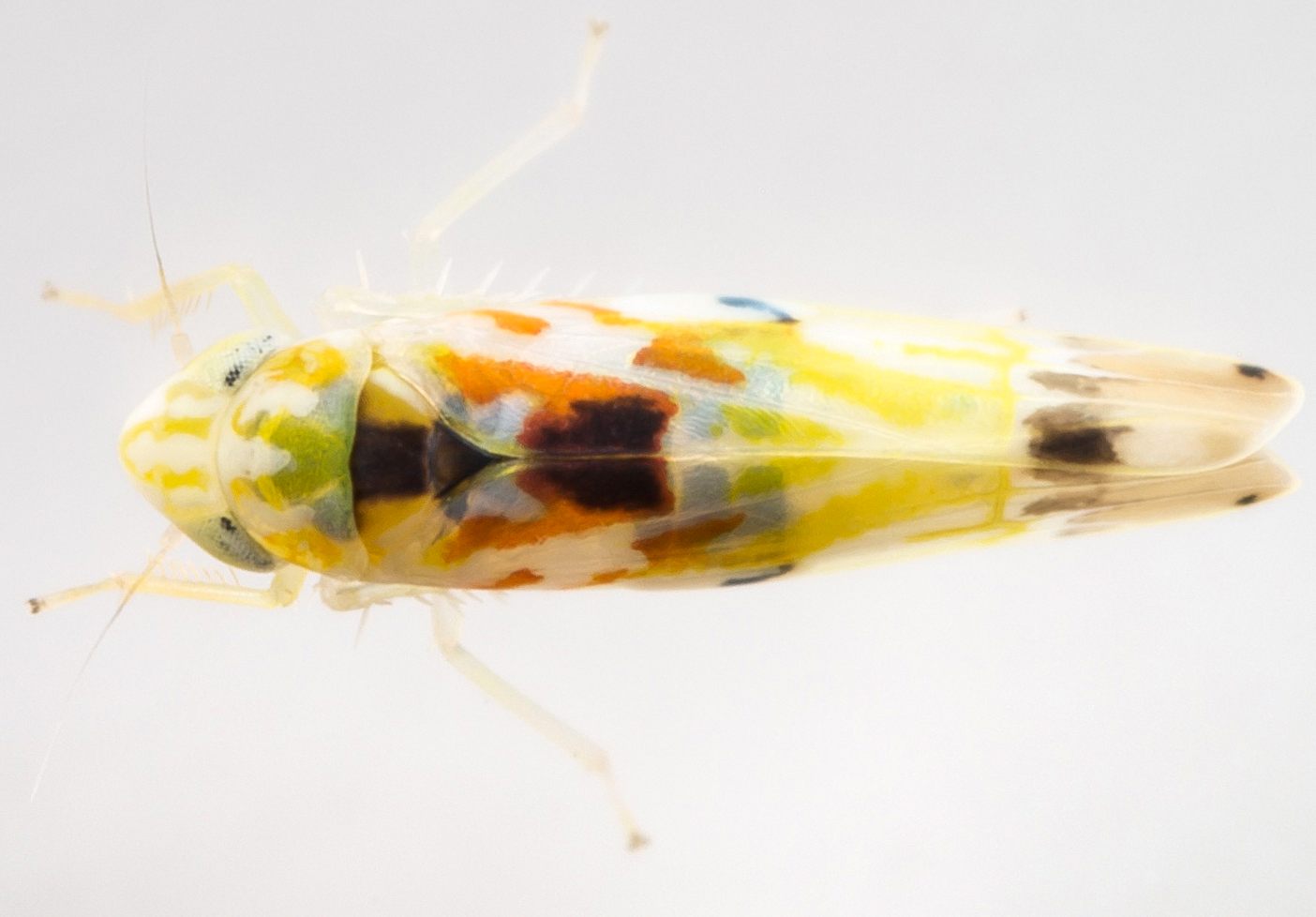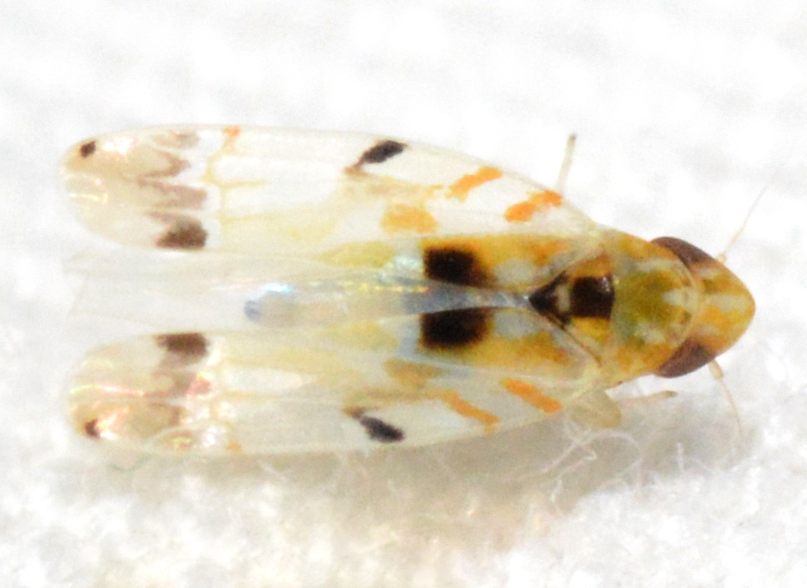
|
|
|
| synonym |
|
| description |
A yellowish to orange species with two prominent small black spots on the middle of the wings along the commissure. There are two yellow or orange parallel submedial lines on the top of the head, with a broad white midline in between. The pronotum has a Y to M-shaped mark, sometimes with the anterior margin colored as well. Much of the scutellum is black except for the lateral triangles; this bold black scutellum is diagnostic for this species, though in some specimens the scutellum is pale. The black mesonotum sometimes is visible through the pronotum. The costal margin of the wings has a small black mark in the middle, and the wing tips are smudged with brown; there is a bold pair of black spots along the inner margin of the wings near the tips. In var. rufomaculata, the clavi of the wings is a bold, bright red. In all forms, the face and thoracic venter are pale. Adults are 2.6-2.9 mm long. (Dmitriev & Dietrich, 2007)
For more images of this species, see: BG. |
| distribution |
A widespread species found throughout the central and eastern United States, though for some reason there has been a dearth of records from North Carolina until now (3I) |
| abundance |
Recent records from across the state but primarily in the mountains; probably more abundant in the right habitat. |
| seasonal_occurrence | |
| habitat |
Has been found in mixed hardwood forest. |
| plant associates |
Rubus sp., Vitis sp., Cercis canadensis, Ilex decidua, Ulmus alata, Aesculus sp. (3I) |
| behavior |
Can be attracted at night with a light. |
| comments |
This species is most similar to E. vagabunda, as both species have black spots in the middle of the wings. However, the spots tend to be much larger in E. octonotata, and there is a prominent pair of spots along the inner margin of the wings near the tips. Additionally, the middle of the scutellum is black in octonotata; vagabunda lacks this black. |
status |
[Native:]
[Introduced:]
[Extirpated:] | | list_type |
[Official:]
[Provisional:] |
| adult_id | Unmistakable and widely known Identifiable from good quality photos of unworn specimens
Identifiable from photos showing undersides, or other specialized views [e.g., legs, face]
Identifiable only by close inspection of structural features or by DNA analysis NULL |
| nymph_id | Unmistakable and widely known Identifiable from good quality photos, especially where associated with known host plants
Identifiable from close inspection of specimens or by DNA analysis
Identifiable only through rearing to adulthood NULL |
| G_rank |
|
| S_rank |
|
| rank_comments |
|
| tribe |
Erythroneurini |
| subgenus |
|
Species Photo Gallery for Erythroneura octonotata Eight-spotted Leafhopper |
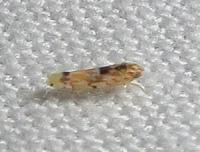 | Photo by: J. Allen Ratzlaff
Buncombe Co.
Comment: | 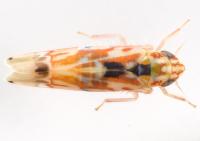 | Photo by: John Rosenfeld
Out Of State Co.
Comment: |
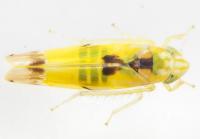 | Photo by: John Rosenfeld
Out Of State Co.
Comment: female | 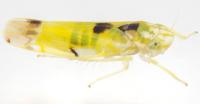 | Photo by: John Rosenfeld
Out Of State Co.
Comment: female |
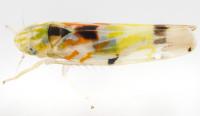 | Photo by: John Rosenfeld
Out Of State Co.
Comment: | 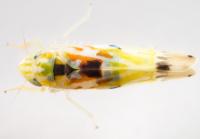 | Photo by: John Rosenfeld
Out Of State Co.
Comment: |
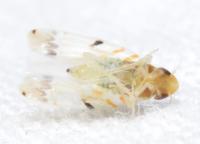 | Photo by: Kyle Kittelberger, Brian Bockhahn
Transylvania Co.
Comment: male | 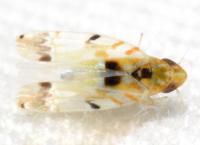 | Photo by: Kyle Kittelberger, Brian Bockhahn
Transylvania Co.
Comment: male |
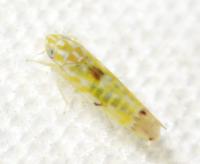 | Photo by: Kyle Kittelberger
Wake Co.
Comment: mixed hardwood forest | 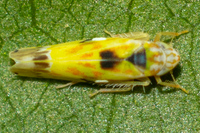 | Photo by: Scott Bolick
Wilkes Co.
Comment: |
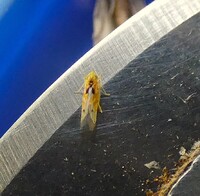 | Photo by: F. Williams, S. Williams
Gates Co.
Comment: MEMI | 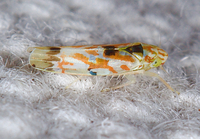 | Photo by: Jim Petranka
Madison Co.
Comment: |
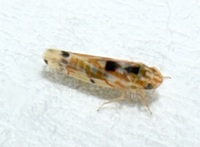 | Photo by: Marilyn Westphal
Henderson Co.
Comment: UV light sheet | 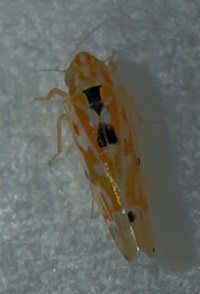 | Photo by: Marilyn Westphal
Henderson Co.
Comment: UV light sheet |
|

 »
»